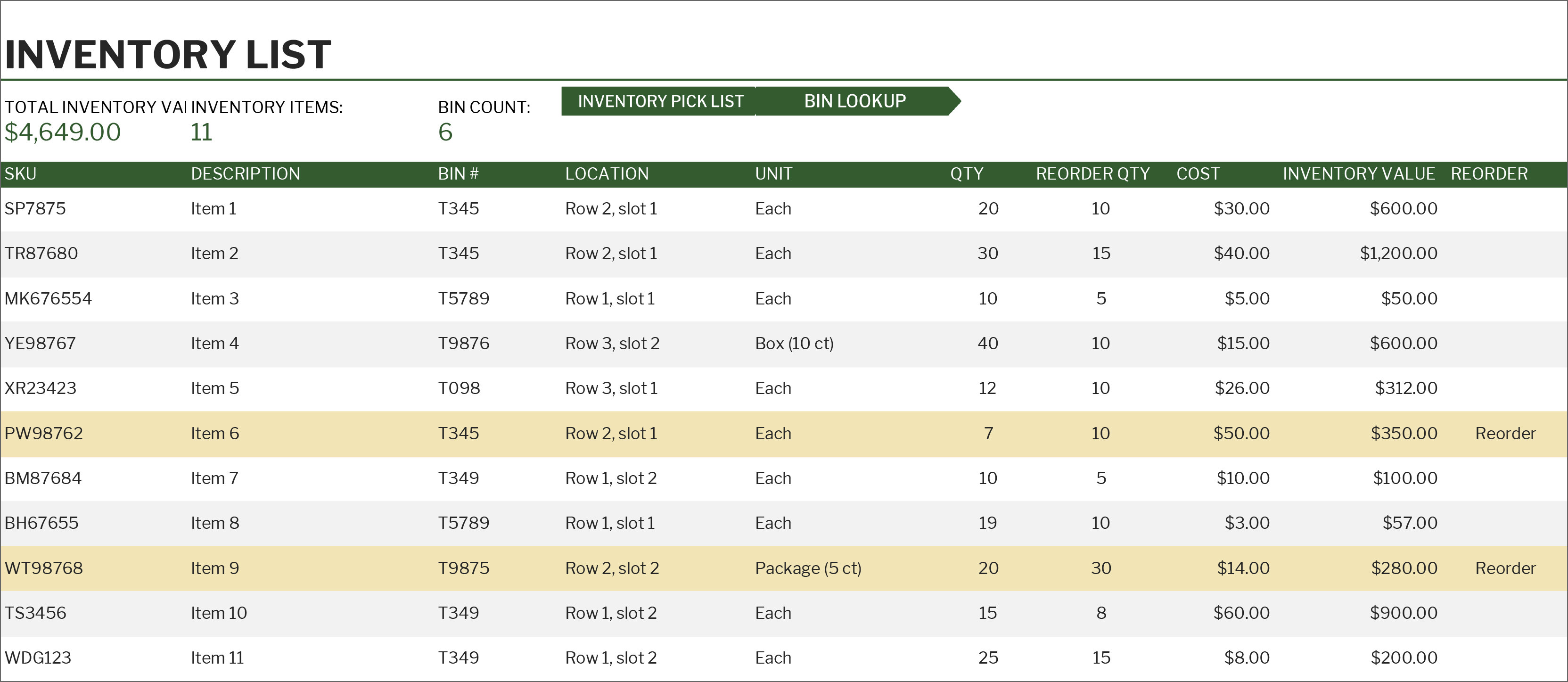



Latin America and Caribbean countries would receive vaccines based on the size of their population. The Biden administration wants to see existing plans prioritizing vaccines for people at the highest risk, such as front-line workers.
will also prioritize direct donations for countries that are prepared to receive the vaccine. argues that giving most of its donated doses to an established program like COVAX will maximize the impact.įor the remaining doses, countries experiencing surges and countries bordering the U.S. plans to prioritize Latin America, the Caribbean, South and Southeast Asia, and Africa. The plan: For doses donated through COVAX, the U.S. The White House added 20 million doses of Pfizer, Modern and Johnson & Johnson vaccines, which have received emergency approvals, to that pledge in May. The administration pledged 60 million doses of the AstraZeneca vaccine, which isn’t approved in the U.S., in April. The remaining 25% will go directly to countries that have requested vaccines.īackground: The White House had already committed to sharing 80 million doses of COVID-19 vaccines by the end of June but didn’t specify how it would distribute them. “We are sharing these vaccines to save lives and to lead the world in bringing an end to the pandemic,” President Joe Biden said in a statement.ĬOVAX will receive 75% of donated doses. The news: The Biden administration will share most of the United States’ donated COVID-19 vaccines through COVAX, a global partnership aiming to vaccinate low-income countries. US details plans for vaccine donations President Joe Biden tours a vaccination site at the Immanuel Chapel at the Virginia Theological Seminary in Virginia. The office has initiatives aiming to speed up the development of new vaccines and expand manufacturing capacity. The Pandemic Influenza program is asking for a 16% budget increase, which has several ongoing initiatives to prepare the supply chain for a future pandemic. Part of that funding would support BARDA’s Beyond the Needle Program, which aims to eliminate the need for needles and syringes and make mass vaccination campaigns simpler. The Biomedical Advanced Research and Development Authority (BARDA) is asking for nearly $47 million, a 160% increase, for its Division of Research, Innovation and Ventures. The rest: Other offices within HHS are also requesting funding for programs that would increase supply chain resiliency. The Strategic National Stockpile is also looking for ways to boost domestic manufacturing of drugs and medical supplies. In March, the stockpile signed a $3.5 million contract with the Boston Consulting Group to provide support for this initiative. The agency is also building what it calls a “supply chain control tower,” a data initiative that will provide great visibility into the inventory of medical supplies held by manufacturers, hospitals and government agencies. This means supplies will go directly from distributors to areas of need, rather than storing products at an SNS warehouse first. Upgrading: In addition to buying more stuff, SNS is already making changes to the way it operates.Īccording to budget documents, SNS is shifting to a distributor model. SNS is also asking for a 28% increase in its budget for managing its inventory, which includes things like transportation, maintenance and disposal. The agency is asking Congress to nearly triple its budget for replenishing supplies, from $153 million to $428 million. Most of the new money in the budget request would go toward replenishing supplies. The Strategic National Stockpile is replenishing supplies following the COVID-19 pandemic but still hasn’t met its goals for some categories of products. However, the stockpile still hasn’t met its inventory goals for surgical masks, gowns and gloves. Since then, the agency has managed to restock many critical items, such as N95 respirators, face shields and ventilators. Restocking: The stockpile nearly exhausted its supply of personal protective equipment within the first few weeks of the pandemic. The agency says it plans to use that supplemental funding to support COVID-19 response efforts and make “incremental progress on modernization efforts.” That includes restocking supplies, expanding warehousing capabilities and upgrading tech tools. That request pales in comparison to the $16 billion, for use through 2024, that Congress allocated for the stockpile through the CARES Act last year. The HHS budget request shows the stockpile received $13 billion of supplemental funding in fiscal years 20.


 0 kommentar(er)
0 kommentar(er)
